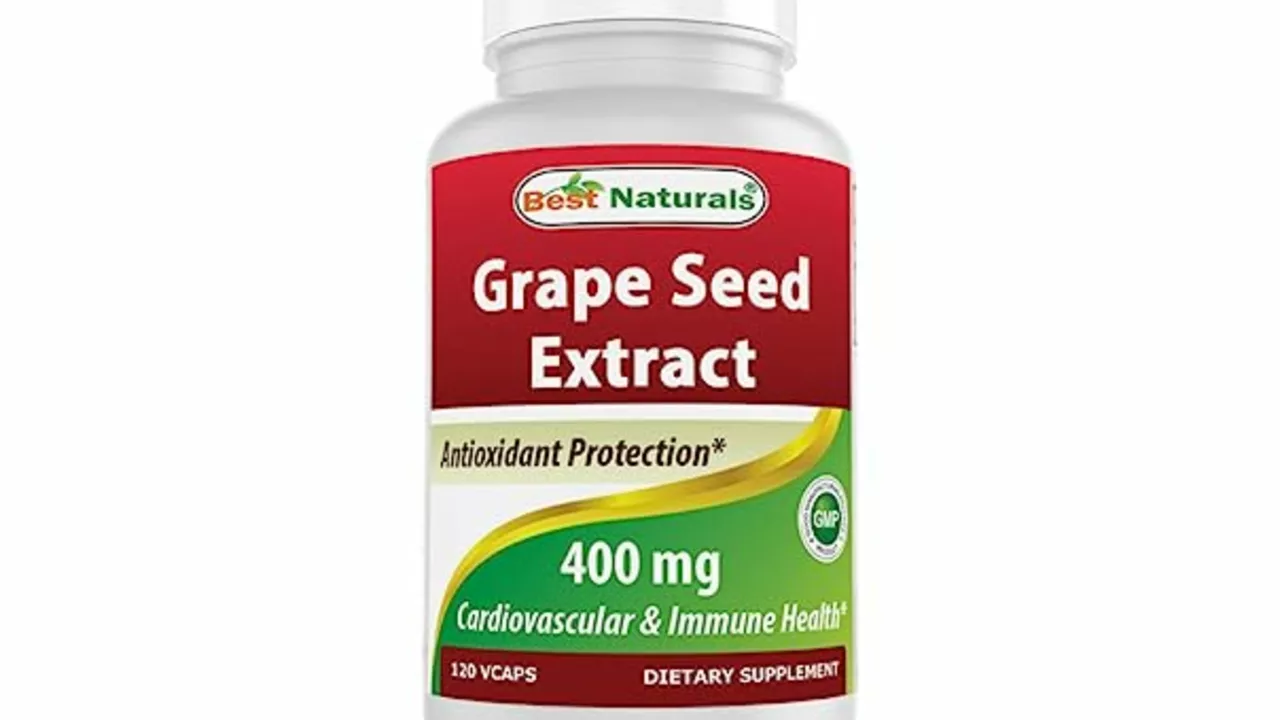Ellagic Acid: What It Is and Why You Might Want It
If you’ve ever read a label that mentions ellagic acid, you probably wondered what the fuss is about. In simple terms, ellagic acid is a natural antioxidant found in many colorful fruits and nuts. Antioxidants help neutralize harmful molecules called free radicals, which can damage cells over time. Because of this action, people talk about ellagic acid for its possible role in heart health, inflammation control, and even cancer prevention.
Where to Find Ellagic Acid in Food
The easiest way to get ellagic acid is through the foods you already enjoy. Berries such as strawberries, raspberries, blackberries, and especially pomegranates are packed with it. You’ll also find decent amounts in walnuts, pecans, and certain types of grapes. If you love smoothies or a fruit‑based snack, you’re likely getting some ellagic acid without even thinking about it.
Potential Health Benefits
Research shows that ellagic acid may help lower inflammation markers, which is good news for anyone dealing with joint aches or chronic conditions. Its antioxidant power also supports the heart by protecting blood vessels from oxidative stress. Some early studies suggest ellagic acid could slow the growth of certain cancer cells, but those findings are still in the lab stage—not a cure yet.
Beyond big‑picture effects, many users report better skin tone and fewer occasional colds after adding ellagic‑rich foods to their diet. While these anecdotal results aren’t guaranteed for everyone, they hint at how the compound might boost overall wellness when combined with a balanced lifestyle.
Choosing an Ellagic Acid Supplement
If you don’t eat enough berries or nuts, a supplement can fill the gap. Look for products that list a standardized ellagic acid content (usually 20‑40 mg per capsule) and come from reputable manufacturers. Check for third‑party testing symbols—these show the label matches what’s inside.
Typical dosing ranges from 100 to 300 mg daily, split into two doses with meals. Start low to see how your body reacts, then adjust if needed. Remember that more isn’t always better; extremely high amounts could interfere with iron absorption or cause mild stomach upset.
Safety Tips and When to Talk to a Doctor
Ellagic acid is generally safe for most adults when taken in moderate doses. Pregnant or nursing women should check with their healthcare provider before starting any supplement. If you’re on blood thinners, chemotherapy, or medication that affects the liver, a quick call to your doctor is wise—ellagic acid can interact with certain drugs.
Side effects are rare but may include mild nausea or constipation. Staying hydrated and eating fiber‑rich foods can help keep things moving smoothly.
How to Add More Ellagic Acid Into Your Routine
Start by tossing a handful of berries into your morning oatmeal or yogurt. Snack on a small portion of walnuts instead of chips. If you enjoy tea, some herbal blends contain ellagic‑rich extracts—just read the label. For those who prefer pills, pick a supplement with clear dosing instructions and take it alongside a meal to improve absorption.
Remember, no single compound will fix health issues overnight. Ellagic acid works best as part of a varied diet, regular activity, and proper medical care. By keeping things simple—eating the right foods and choosing a trustworthy supplement—you can tap into its antioxidant benefits without extra hassle.

Harness the Healing Power of Ellagic Acid: A Comprehensive Guide to the Ultimate Dietary Supplement
In my latest blog post, I delve deep into the wonders of Ellagic Acid, a powerful dietary supplement found naturally in foods. We explore its healing powers and how it contributes to our overall well-being. The blog further discusses the scientific evidence supporting the cancer-fighting properties of this potent antioxidant. I also provide tips on how to incorporate it into your diet. It's a must-read for those seeking to boost their health naturally!
read more




